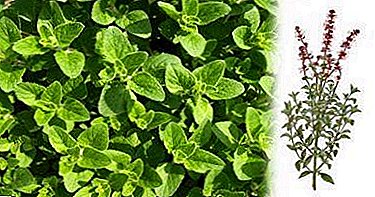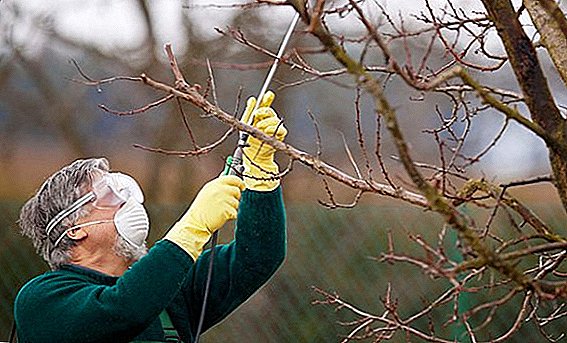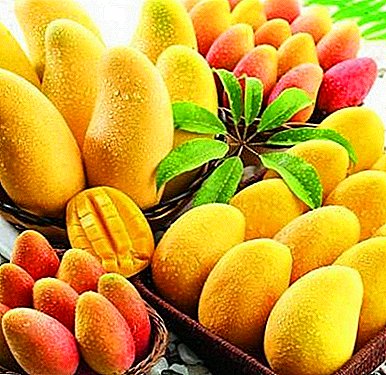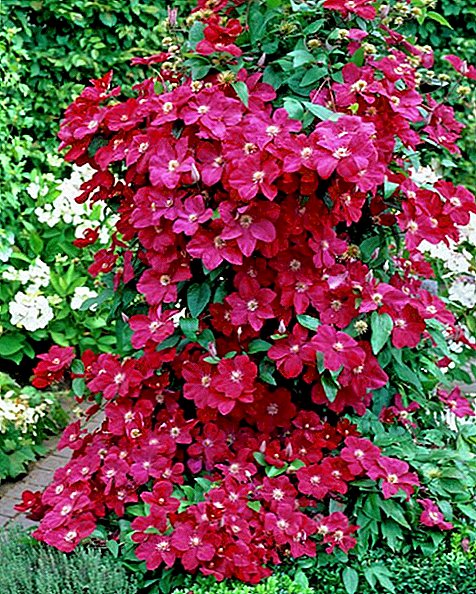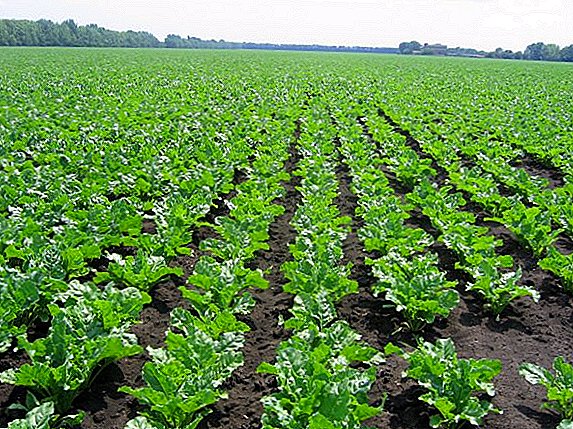 Merino sheep are famous for their healthy wool. It is very thin and soft, besides, it is able to withstand a large temperature difference and has antibacterial properties. It is from this wool that thermal clothing is produced for outdoor activities, winter hunting and fishing, because a person can feel comfortable in them at temperatures from +10 to -30 ° C.
Merino sheep are famous for their healthy wool. It is very thin and soft, besides, it is able to withstand a large temperature difference and has antibacterial properties. It is from this wool that thermal clothing is produced for outdoor activities, winter hunting and fishing, because a person can feel comfortable in them at temperatures from +10 to -30 ° C.
Let's try to figure out what explains the uniqueness of merino wool, and get acquainted with the main subspecies of these sheep.
Opinions of scientists differ on the place and time of birth of merino sheep. Some sources claim that this breed was born in the countries of Asia Minor. Confirmation of this - the ancient images on the monuments of culture and the remains of sheep found in excavated tombs. Another opinion is that fine-fleeced merino is a native of Spain. This breed was removed from there in the 18th century. And since then attempts at breeding have been undertaken by sheep breeders from almost the entire world, a large number of subspecies have been developed.
Did you know? Removal of merino from Spain was not an easy task, because even for transporting sheep wool across the border of the state relied on the death penalty. The British smuggled sheep.
Australians have achieved the greatest successes in merino production. It was in Australia, where there were very fertile conditions, that merino wool was produced on an industrial scale. And to this day, this continent and New Zealand remain world leaders in the manufacture of merino wool.
Australian merino
The basis for breeding the Australian Merino breed was sheep, exported from Europe. During the experiments, Australians crossed them with American vermont and French rambulae. As a result, we received three types: faine, medium and strong, which differ in weight and the presence / absence of skin folds. The following properties of wool remain common for all types:
- high hygroscopicity (absorbs up to 33% of its volume);
- strength;
- high level of thermoregulation;
- wear resistance;
- elasticity;
- hypoallergenic;
- breathable properties;
- antibacterial effect;
- medicinal properties.

Important! Merino wool has healing properties. Her warmth is recommended for arthritis, radiculitis, pain in the spine and joints. In ancient times, it was made of bed for seriously ill people and prematurely born children.
The wool color of the Australian sheep is white. Fiber length - 65-90 mm. Merino wool is soft, pleasant to the touch. The weight of an adult ram is up to 60-80 kg, the ewes are 40-50 kg.
Electoral
 The authors of the breed are the electoral Spanish breeders. Later, the Germans began to breed it. The main feature of these sheep were very thin and short hairs (up to 4 cm), as well as light weight (up to 25 kg).
The authors of the breed are the electoral Spanish breeders. Later, the Germans began to breed it. The main feature of these sheep were very thin and short hairs (up to 4 cm), as well as light weight (up to 25 kg).
Did you know? Wool of merino of other subspecies is 5 times thinner than human hair (15-25 microns). The sheep electoral fiber is 8 times thinner.
However The Spanish merino was very gentle, poorly tolerant to temperature and little viable.
Negretti
 As a result of the experiments of German sheep breeders, Negretti sheep with a large number of skin folds were born. The main goal of the Germans was to achieve greater wool cover. Indeed, Negretti's hair was increased to 3-4 kg from one sheep, but the quality of the fibers was very affected, as was the meat productivity.
As a result of the experiments of German sheep breeders, Negretti sheep with a large number of skin folds were born. The main goal of the Germans was to achieve greater wool cover. Indeed, Negretti's hair was increased to 3-4 kg from one sheep, but the quality of the fibers was very affected, as was the meat productivity.
Rambouillet
Since the merino sheep breeding has become popular, it has not stood still and has been developing all the time. The sheep farmers of those countries where it was especially developed tried to derive the most efficient subspecies for their region. At the end of the nineteenth century, the French began breeding merino ramboule. The breed of French sheep differed in large size (up to 80-95 kg of live weight), large hair cut (4-5 kg), meat forms and strong build. 
Did you know? For one sheare from one sheep receive a fleece in sufficient quantity for the manufacture of approximately one blanket or five pieces of clothing.
Subsequently ramboule was used for selection of the Soviet merino.
Mazaevsky merino
 Mazaevskaya breed was bred at the end of the nineteenth century by Russian sheep farmers Mazaevs. It became widespread in the steppe regions of the North Caucasus. She was distinguished by high nastriga (5-6 kg) and long hair. At the same time, the merino body build, their productivity and viability suffered, so they were soon abandoned.
Mazaevskaya breed was bred at the end of the nineteenth century by Russian sheep farmers Mazaevs. It became widespread in the steppe regions of the North Caucasus. She was distinguished by high nastriga (5-6 kg) and long hair. At the same time, the merino body build, their productivity and viability suffered, so they were soon abandoned.
Novokavkaztsy
 The Novokavkaz breed, bred as a result of mazaev cross-breeding and ramboule, should correct the defects of the Mazaev merinoes. The rams of this breed have become much tougher, more productive. Their body had significantly fewer folds, but the coat was slightly shorter. The weight of adult sheep reached 55-65 kg, ewes - 40-45 kg. The annual trim was 6–9 kg.
The Novokavkaz breed, bred as a result of mazaev cross-breeding and ramboule, should correct the defects of the Mazaev merinoes. The rams of this breed have become much tougher, more productive. Their body had significantly fewer folds, but the coat was slightly shorter. The weight of adult sheep reached 55-65 kg, ewes - 40-45 kg. The annual trim was 6–9 kg.
Soviet merino
The motto of the Soviet people "faster, higher, stronger" was embodied even in sheep breeding. The result of the cross-breeding of the Novokavkaztsy with sheep by the sheep farmers of the Soviet Union was the hardy and large sheep with a good build, which were called the Soviet merino. It is in the rams of this subspecies that the record weight is recorded - 147 kg. On average, adults reach 96-122 kg.
The wool of these merinoes is long (60-80 mm), the one-year sheared is 10-12 kg. Sheep have high fertility. 
Important! This subspecies became the basis for breeding many of the best breeds of fine-fleeced sheep (Ascanian, Salsk, Altai, Grozny, Mountainous Azerbaijan).
Grozny merino
Bred in the middle of the last century in Dagestan. In appearance similar to the Australian merino. The main advantage of Grozny merino is wool: thick, soft, moderately thin and very long (up to 10 cm). In terms of quantity and quality of nastriga, this subspecies is one of the leaders in the world. Mature ram gives 17 kg of fleece per year, sheep - 7 kg. The weight of the “Grozny residents” is average: 70-90 kg.
Altai merino
 Since the merino sheep could not withstand the harsh living conditions in Siberia, local specialists for a long time (about 20 years) tried to bring out sheep resistant to this climate. As a result of the crossing of the Siberian merino with the French rambulae and partly with the Grozny and Caucasian breeds, the Altai merino appeared. These are strong, large rams (up to 100 kg), with a good yield of wool (9-10 kg) 6.5-7.5 cm long.
Since the merino sheep could not withstand the harsh living conditions in Siberia, local specialists for a long time (about 20 years) tried to bring out sheep resistant to this climate. As a result of the crossing of the Siberian merino with the French rambulae and partly with the Grozny and Caucasian breeds, the Altai merino appeared. These are strong, large rams (up to 100 kg), with a good yield of wool (9-10 kg) 6.5-7.5 cm long.
Askanian Merino
Ascanian merino or, as they used to be called, Ascanian ramboule is recognized as the best breed of fine-fleeced sheep in the world. Bred it in the reserve Askania-Nova in the years 1925-34. The material for their breeding served local Ukrainian merino. In order to improve their physique and increase the amount of wool, Academician Mikhail Ivanov crossed them with a ramboule brought from the USA. The efforts of the scientist have become the largest merino, reaching 150 kg with annual wool trimming 10 kg or more.  Today, the work of breeders, aimed at increasing the grease of animals and improving the quality characteristics of wool, continues.
Today, the work of breeders, aimed at increasing the grease of animals and improving the quality characteristics of wool, continues.


